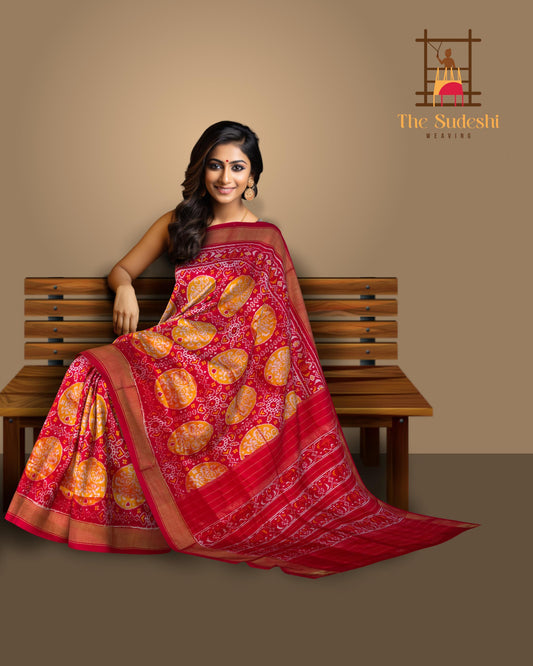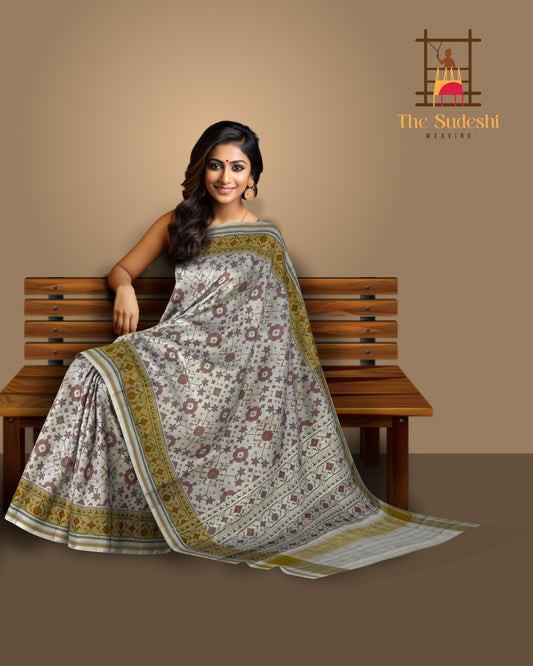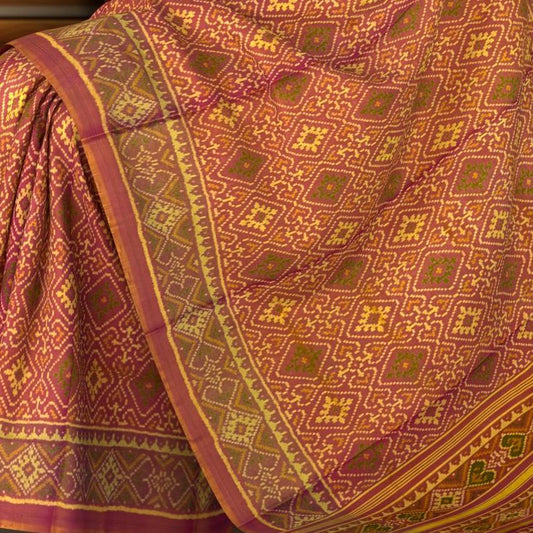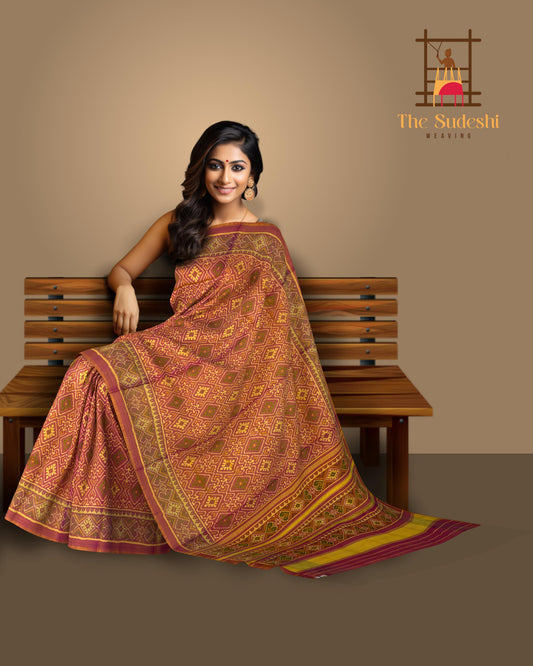Mastering Saree Falling: Tips & Techniques for the Perfect Drape
Wearing a saree is an art, and one of the most crucial aspects of achieving an elegant look is mastering the technique of saree falling. A well-executed saree fall ensures that the fabric drapes beautifully around the body, giving a polished and graceful appearance. It is essential not only for aesthetics but also for comfort and ease of movement. Whether you are a beginner or an experienced saree wearer, understanding how to get the perfect fall can enhance your overall look and confidence.
What is Saree Falling?
Saree falling refers to the way the lower part of the saree drapes and flows after being pleated. When a saree has a well-structured fall, it maintains its shape and elegance throughout the day. The fall also adds weight to the saree, ensuring that it doesn’t get displaced while walking or moving. Certain fabrics, especially silk and cotton, require additional effort to maintain the fall, while lightweight fabrics such as georgette and chiffon naturally create a fluid and graceful drape. A well-done saree fall ensures that the saree stays in place, prevents it from looking flimsy, and enhances the silhouette, making the wearer look more put-together.

A key aspect of saree falling is fall stitching, which involves adding a separate fabric strip along the inner edge of the saree to provide weight and structure. This technique is particularly beneficial for sarees that lack stiffness and structure, as it helps maintain a polished look. Additionally, ironing and pre-pleating the saree before wearing it can further enhance its overall appearance, making draping much easier. Mastering saree falling requires patience and practice, but with the right techniques, anyone can achieve a stunning, effortlessly elegant look.
Tips for Achieving the Perfect Saree Fall
1. Choosing the Right Fabric
-
Lightweight sarees like chiffon and georgette have a natural fall but can be tricky to manage.
-
Heavier fabrics like silk, cotton, and organza require proper pleating for a graceful drape.
-
If you prefer a structured fall, opt for sarees with a stitched fall fabric at the bottom edge.
2. Prepping the Saree with Fall Stitching
-
If your saree does not come with a fall, get it stitched about 5 inches from the bottom edge.
-
A cotton or muslin fall fabric adds weight and helps the saree drape smoothly.
-
Fall stitching is especially useful for silk and cotton sarees to maintain shape and prevent damage.
3. Ironing and Folding
-
Always iron the saree before draping to avoid creases and maintain a neat look.
-
Fold the saree neatly, aligning the pleats in advance if possible, to make the draping process easier.
4. Pleating Techniques
-
Ensure uniform pleats by measuring them equally before tucking into the waist.
-
Use safety pins to secure pleats in place, preventing them from opening up while walking.
-
The front pleats should fall straight and align with the center of your body for a balanced look.
5. Draping According to Body Type
-
Tall individuals can experiment with more pleats for a fuller fall.
-
Petite women should opt for fewer pleats to avoid a bulky look.
-
If you have a curvy body, smooth out the pleats evenly to achieve a flattering silhouette.
6. Handling Heavy Sarees
-
Use a sturdy petticoat to support the weight of silk or handwoven sarees.
-
Pin the pallu securely at the shoulder to prevent it from slipping.
-
Opt for double tucks while securing the pleats to ensure a firm hold.
7. Saree Fall for Different Styles
-
Nivi Style: Focus on structured pleats with a neatly pinned pallu.
-
Bengali Draping: Keep the pallu flowing with fewer pleats to enhance elegance.
-
Gujarati Style: Ensure the pleats are set firmly at the back for a regal look.
8. Movement and Maintenance
-
Walk gracefully by slightly lifting the front pleats while climbing stairs.
-
Re-adjust the pallu and pleats occasionally to maintain a polished look.
-
Avoid sitting on the pleats directly to keep them intact.

Common Saree Falling Mistakes to Avoid
-
Not using a petticoat that matches the saree fabric.
-
Forgetting to secure pleats with pins.
-
Choosing the wrong footwear, which can disrupt the saree’s flow.
-
Over-tightening or loosening the pleats, making the saree look unbalanced.







Leave a comment
Please note, comments need to be approved before they are published.